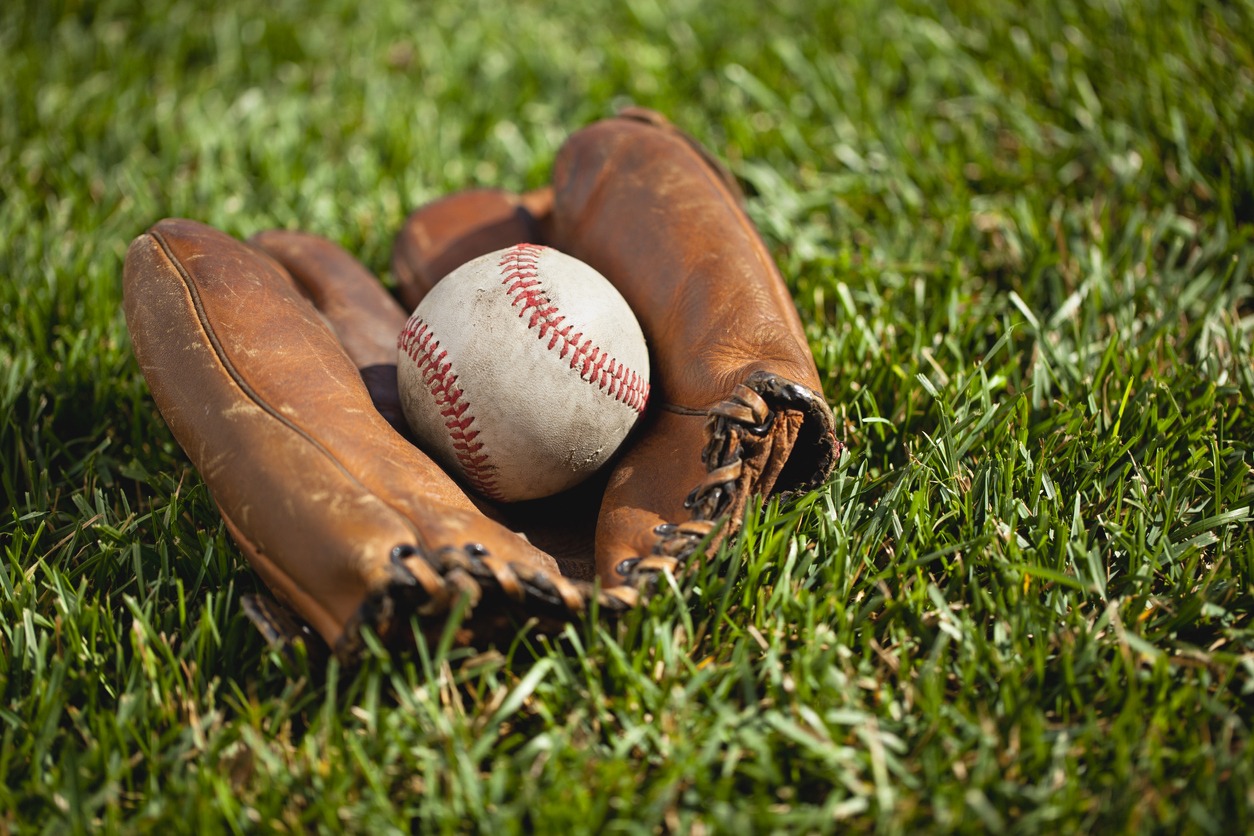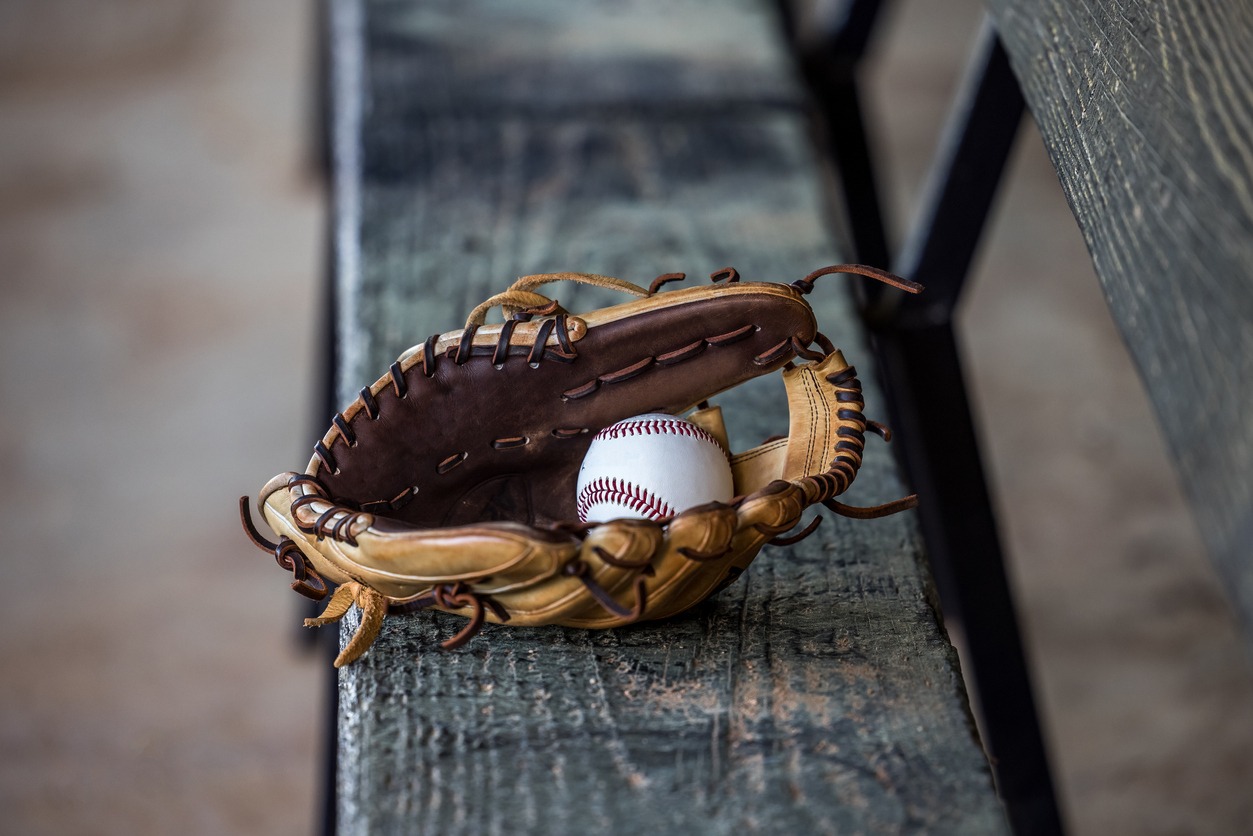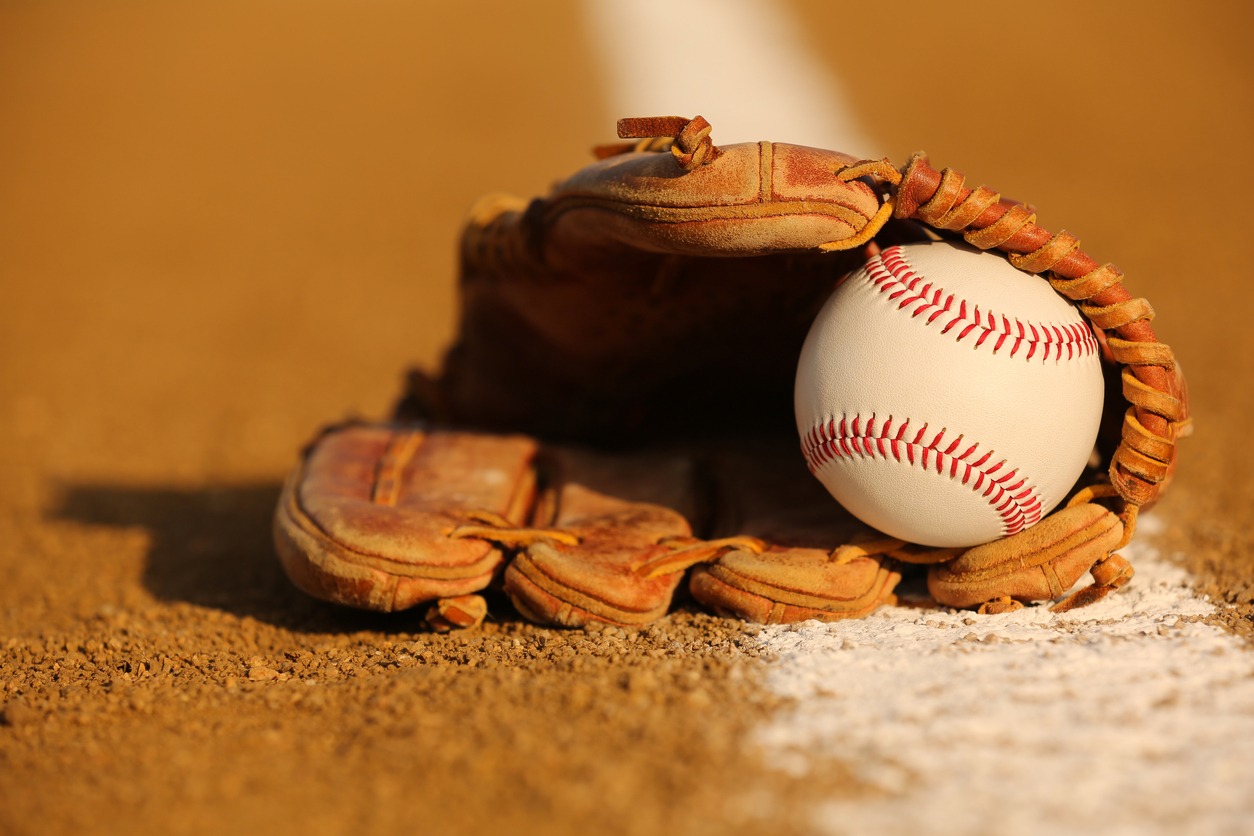A baseball glove is an integral piece in the sport and represents how you play the game. When purchasing you’ll need to consider various factors, such as the brand, material, size, webbing, and playing position. Once you get one regardless if it’s online or off the rack, it’s also vital to be aware and understand the anatomy of the parts of a baseball glove and make yourself a glove expert. To get you started, we’ll tackle the location of one of a baseball glove’s most important parts and often regarded as its heart – the pocket.
Where Is The Pocket On A Baseball Glove?
Also called the palm, the pocket of the baseball glove is the indentation where the baseball falls after it’s caught. Along with the web, the pocket allows you to securely hold onto the baseball. It’s basically the sweet spot where you should ideally catch a hit or thrown ball for better handling and ball transfer time.
The pocket is padded to protect your hand from impact. Some high-quality gloves will use an extra layer of padding for the best protection. Cheap-quality gloves incorporate inferior, thinner leather and padding. Thus, increasing the chances of your hand getting hurt, particularly when catching a batted baseball. Moreover, thinner leather in the pocket also boosts the likelihood of creasing, causing the ball to pop out after you catch it.
Pockets are an excellent way to discern the glove’s use and position, with depth being the most important determinator. For instance, infielders prefer a small baseball glove with a shallow pocket, as it enables them to transfer the ball quickly from the glove to their throwing hand. On the other hand, outfielders favor a larger glove with a deeper pocket. Added lengths provide extra reach for snagging fly balls, while the deeper pockets give them a better hold of the ball after it’s caught.
On the other hand, the first baseman uses a mitt-style baseball glove also with a deeper pocket, allowing them to scoop up ground balls quickly, catch balls securely, and pluck out balls more easily. Lastly, pitchers utilize a baseball glove closely resembling ones used by infielders but opt for a closed web pattern to conceal pitch grip and make it more difficult for the batter to guess.
Forming The Pocket
After getting a new baseball glove from a top baseball manufacturer, you might be thrilled to use it right away. However, don’t be surprised if it’s stiff and awkward, and if there’s “no pocket.” Remember, you must break in any new baseball glove to allow it to naturally form to your hand, get that custom fit, and form a pocket that’s adapted to how you specifically catch the ball.
There are several ways how you could form the pocket, which include:
1. Playing Catch
Playing catch is the traditional method and is the best, safest, and simplest way to break in a new baseball glove and form the pocket. Gather your friends in the ballpark and see some action. Through time and by accommodating your movements, your baseball glove will naturally stretch and mold to your hard and form the pocket. Its leather will also be nice and soft, making it more comfortable and feel natural to use.
While it’s a pretty straightforward method, the catch is that it’s also the most tedious way to form the pocket. That means if you need a game-ready baseball glove the soonest, then this option will not work for you. However, if you devote extra patience to this method, you’ll have a baseball glove with a customized fit that is sure to last you many seasons, making everything absolutely worth it.
If you want to get the best baseball gloves that are easier to break in and are more durable than most gloves, you can check out several Japanese Baseball Glove Manufacturers.
2. Using A Glove Hammer
A faster way to form the pocket is by giving your new baseball glove some aggression. In this method, you’ll need a cup, a bucket of warm water, a soft surface, and a glove hammer. You could get a glove hammer from the nearest sports store. It’s a tool specifically designed for manhandling baseball gloves. If you can’t find any, you may instead use an old baseball bat in the process.
Simply fill the cup with hot water and pour it into the glove to make it easier to work with. Make sure that it’s not boiling or it can damage the leather. Don’t also attempt to soak the glove, as it can lead to the leather drying and getting brittle. After slightly wetting the glove, use the hammer to form the pocket. Continue smashing for about 5 to 10 minutes.
Alternatively, you can place your hand inside the glove and use the hammer, so you can get the same form as when you catch a ball. It will resemble the effect of playing catch through time, though to a much lesser degree.
3. Glove Wrapping
Glove wrapping is another method to form the pocket in your new baseball glove. What’s great is that it’s not a complex process. Place a ball in the glove’s palm and close the glove, with the pinky finger and thumb touching together. Hold its position by wrapping the glove with rubber bands, string, elastic, an old shoelace, old glove lace, or anything that will hold it tightly and securely. Let your baseball glove sit for a few hours, unwrap, and repeat the process. In between, continue closing the glove with your hand inside of it to ensure you get the best fit.
The idea of glove wrapping has been around for ages and can be effective if you form the glove correctly. Just be mindful that unlike when using a glove hammer, glove wrapping also needs a prolonged period of time, which is why most often regard it only as a supplementary way of forming the pocket.
Takeaway
The pocket is a crucial part of the baseball glove, which can significantly affect how you play the sport. Apart from understanding its location, make sure to form it properly depending on your playing position and style, and be rewarded with a right, comfortable pocket that will help you pull out your best performance on the field. Cheers!



